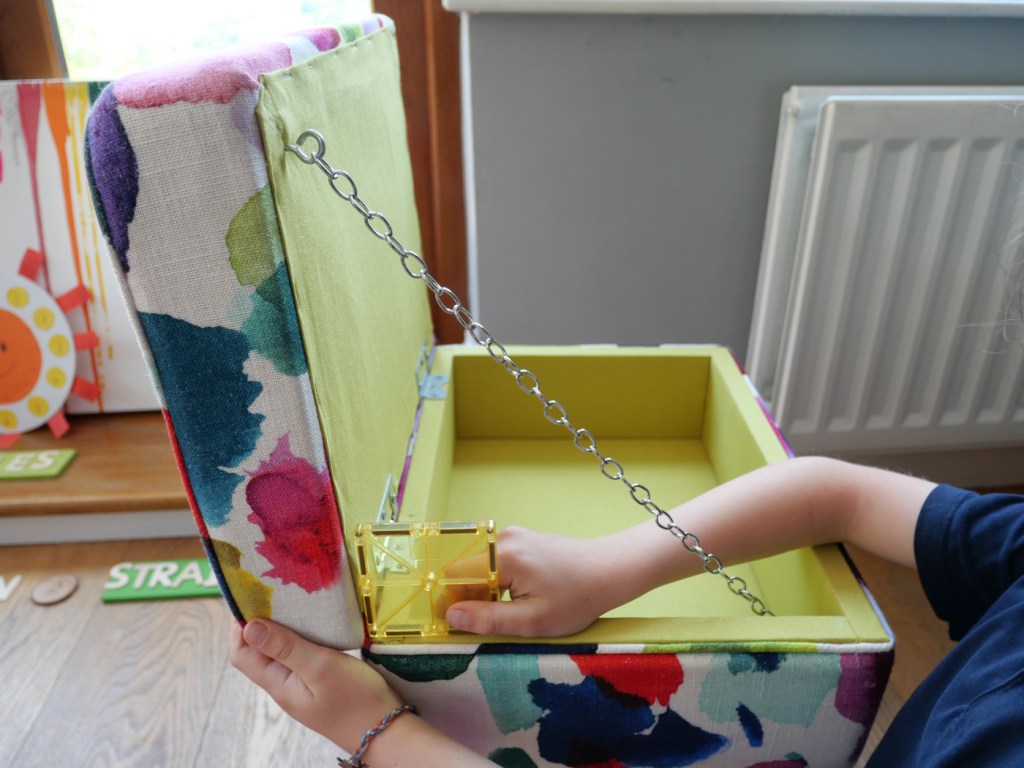Following on from yesterday, where we looked at understanding angles as turns, we moved on to looking at identifying types of angles.
Right angles
A quarter turn is a 90 degree angle, also known as a right angle.









Acute angles
An angle smaller than 90 degrees is an acute angle. They represented this by making ‘baby acute; the smallest member of the angle family.
When they were showing me, they automatically went in to clapping their arms together. We had visualised what the range of turn for an acute angle might look like, by opening them to just below 90 degrees and closing them. As it is impossible to completely flatten your hands together (we tried!) this showed the movement from 0.1 degrees (just past closed) to 89.9 degrees (practically a right angle).






I challenged them to find, or make, as many acute angles as they could.
























Ioan demonstrated the range of turn an acute angle might have, using two sticks.


















Obtuse and reflex angles
Finny took Ioan’s demonstration with the sticks and developed it into larger angles.
The first were obtuse angles, these are angles measuring between 90 and 180 degrees.















Next, he covered reflex angles, which measure between 180 and 360 degrees.

































Ioan looked at the way Finny had set up the obtuse and reflex angles as an extension to his acute angle. Instead of using the sticks as a horizontal line, Ioan suggested turning the numbers and labels sideways, making the stick line vertical. He then showed how you could visualise the angles using a clock.






They then swapped it back and compared and contrasted their two ideas for laying out the different types of angles.






DfES Outcomes for EYFS and National Curriculum (2013)
Numeracy Year 4 programme of study
Geometry – properties of shapes
identify acute and obtuse angles and compare and order angles up to two right angles by size













